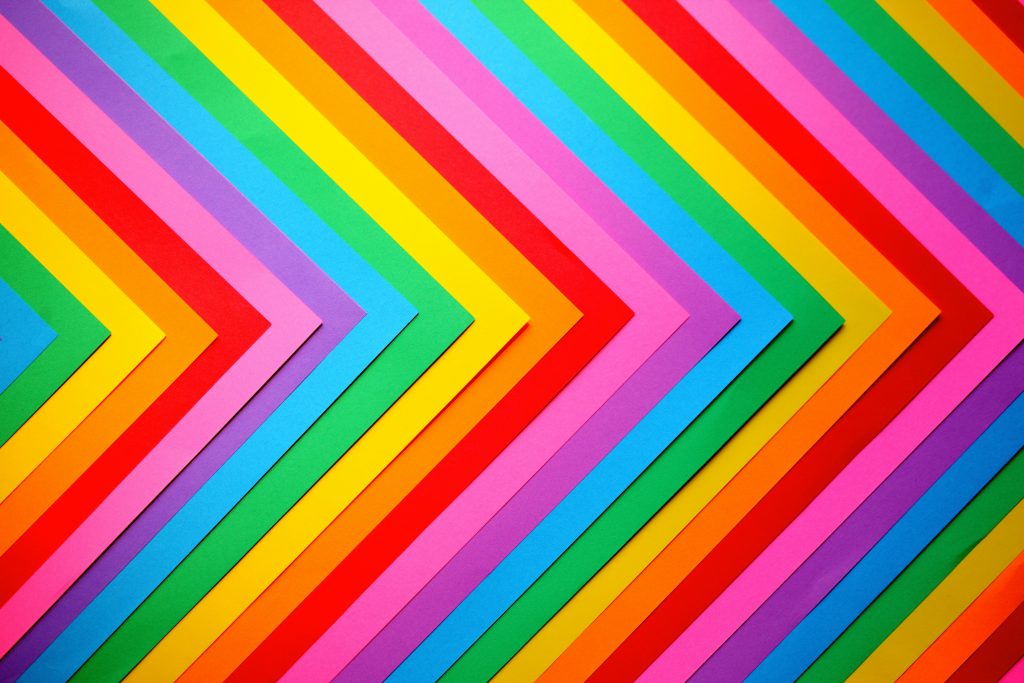In 1927, Pandey Bechain Sharma ‘Ugra’, published a book titled Chocolate that explored same-sex relationships between men. He portrayed these relationships as illicit and lurid in nature by using words such as laundebazi, chakletpanthi and masti to describe them. Despite the dearth of formal terminologies, words like these have existed in Indian colloquial parlance for centuries and have been used to refer to LGBTQIA+ people.
One such word is kothi, which refers to biological males who prefer to occupy traditionally female roles in same-sex relationships. Another is hijra, a Persian word, popularly used to denote intersex individuals or hermaphrodite people. Other such words include dhurani, khwaja sira, jagakappa and aravani.
But these words are loaded with a painful history of discrimination and are often used pejoratively even today. However, members of the LGBTQIA+ community are beginning to reclaim these words as a statement of their liberation.
Many members of the community have expressed alienation from words like gay, lesbian, transgender and so on. This is because their life experiences had for years been shaped by other, more culturally rooted terms of self expression. Raina Roy, an LGBTQIA+ activist, preferred to identify with words like kothi and dhurani due to their rich social justice legacy, as compared to terms like transgender or rupantorkami (a formalised Bengali term for trans individuals) that seem impersonal and unfamiliar to her.
This journey to reclamation has also exposed the intersectional struggles of LGBTQIA+ people in India. Professor Dhiren Borisa of the University of Delhi says that the majority of people from the community are concentrated in rural India. Yet, the modern LGBTQIA+ movement is centred in urban areas. As a result, much of the mainstream understanding of the community is rooted in urban ideas. Therefore, terms like gay and lesbian are seen as aspirational. At the same time colloquial words that are used more frequently by rural, working class or lower caste LGBTQIA+ people, are considered offensive.
Other localised traditions in India have also influenced the birth of many vernacular LGBTQIA+ terminologies. For instance, many Indian women in same-sex relationships have explained them through words of friendship. These include commonly heard terms such as saheli, sakhi, saathin or dost. Without any vernacular words that could fully express their identity, they drew from another widely understood and beloved relationship within the Indian cultural context. Similarly, during the Self-Respect in early 20th century Tamil Nadu, words like thirunambi (transmen) and thirunangai (transwomen) emerged as symbols of trans individuals’ self-determination.
What all of this demonstrates is the primacy of lived experiences. Only once these experiences are understood, in all their cultural and intersectional flair, can true LGBTQIA+ equity be realised. In the same way that fluidity is characteristic to gender and sexual identities, it is also present in people’s linguistic and cultural expressions. Of course, words like gay, lesbian, transgender, bisexual, asexual etc have profound historical significance for the LGBTQIA+ community. But the same can be said of localised, vernacular Indian terminologies that hold vibrant traditions of justice, strife and belonging.


